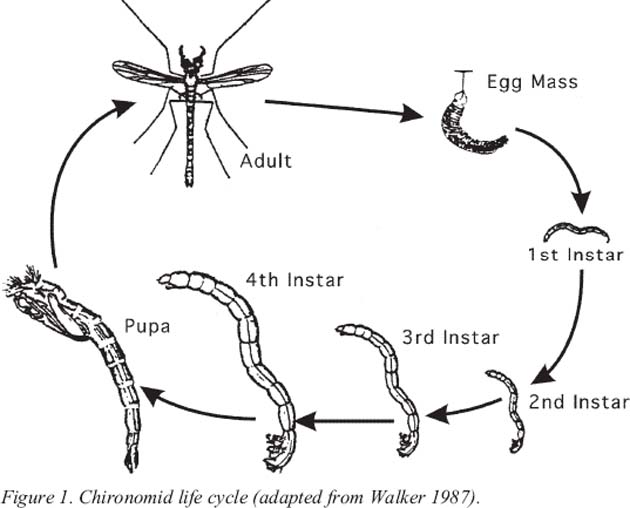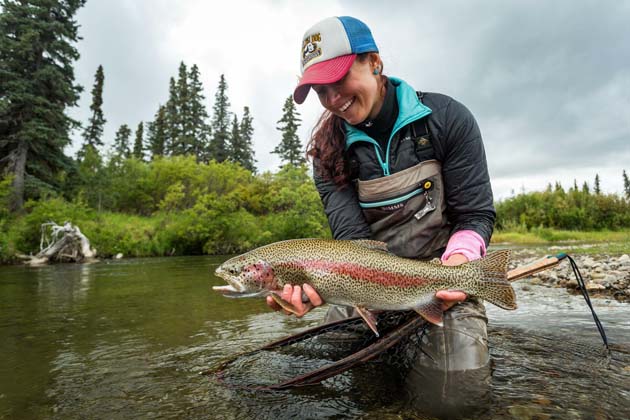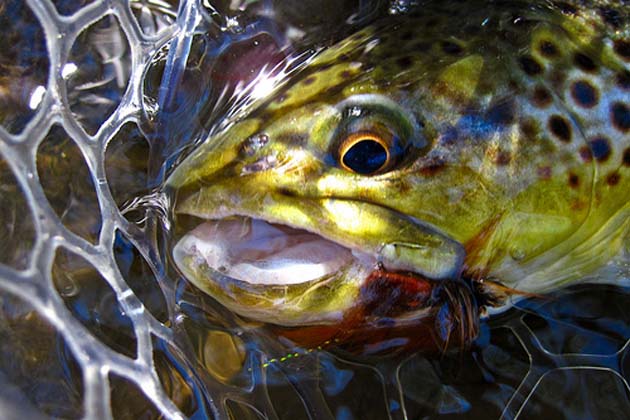Part One, Freshwater Flies
By Skip Clement
[dropcap]F[/dropcap]or the best fly selection, ask your guide. The second best idea, fish your home waters for three years, then you’ll know what flies to use and when. The third option, your local fly shop owner. Lastly, but not least, a qualified outdoor destination travel agency like Frontiers or Yellow Dog.
But, if your stuck being your own guide and do not want to be accused of hiring a fool, here are some easy things to learn that might make what seems complicated, understandable.

Image credit as noted.
The common thread of bugs
If you ask a guide from Arkansas, What are the best “bug” trout flies?, he or she will produce a list of favorites that will match what a guide in New Zealand would list – the same as a guide from Patagonia, Canada, or North Carolina – anywhere.
Will bugs, in their respective entomological classifications, stages, and parallel universes, all be the same size, color and have the same markings and appendages? No. Will they all be listed in the same order of popularity with trouts throughout their realms? No.
However, riverine bugs are found everywhere that trouts live. And they all go through life stages of morphing from nymph/larvae to winged with differing mid-stages, get to adult in another act of metamorphism, or they are terrestrials. Bugs are the ever-present source of food for trouts.
Universally, the flies we tie are found in just eight categories or forms: Midge patterns, Mayfly patterns, Caddis patterns, Stonefly patterns, Terrestrial patterns, Scuds & Sowbugs, Annelids (Worms), Damselflies, and Dragonflies.
The legions of other flies
There are, of course, other freshwater flies that hold their own whether it’s a home game or an away game. It’s those flies we focus on, not the shrews found in Alaska that trouts find irresistible, but are not found in New Zealand.
A list of go-to flies for swaths of coordinates throughout the world, for every game fish in them, would be so parochial that mere thousands would not suffice.
Here’s a current travel list of freshwater flies from an angler with over 50 years of destination experience. The list has no connection to preference nor are they the “only” flies without borders

Yellow Dog Fly Fishing Adventures’ professional fly angler/guide and host, Camille Egdorf is also a specialist with extensive experience in Alaska, Kamchatka (Russia), and Christmas Island among other destinations. A Yellow Dog Fly Fishing Adventures photo.
Streamers:
Clouser Deep Minnow
Black Woolly Bugger
Zonker (white)
Lefty’s Deceiver
Muddler

Black Wooly Buggers, there are variations on a theme and endless color combos.
Dry:
Adams
Royal Wulff
Ant
Blue-Winged Olive
Griffith’s Gnat
San Juan Worm
Nymphs:
Prince
Hare’s Ear
Pheasant tail
Other:
Freshwater crustacean patterns like crayfish are found everywhere except Africa.

Trout with crayfish fly caught dead drifting…the best way to fish the bottom. Image by Gotta Stay Fly.
About nymphs
Nymphs seem to catch more trouts, but they’re seldom big trout. If it’s a big trout, it is more likely a small rainbow trout took the nymph and a double-digit brown took the rainbow.
Nymphs are also the go-to fly on a two fly system – being the down fly to be “bumped” along the riverbed. Nymphs are the heart and soul of Czech nymphing (also Spanish, French and other variations of nymphing).
Nymphs seem to get used up, lost faster than any other fly type. Best bet, carry at least five or more of each in different sizes, or known productive sizes on known waters. If the latter is the case, it’s a good idea to double up on quantity.
Fly pattern size, and colors always factors
The variations on all fly patterns – named and classic patterns, have mutated hundreds of times. Sometimes, they even get called a different name, but the see-through is usually pretty obvious.
About the list
If you’re going to Alaska, the list of go-to flies gets additions, just like it would going to the Pantanal (Brazil, Bolivia, and Paraguay), Greenland, or Kamchatka in Russia.
But, in the Pantanal, for example, you’ll catch a peacock bass on a white Zonker, Lefty’s Deceiver or other listed attractor/streamer patterns, but attention needs to be paid to size. A 20-pound bedding peacock will more readily pounce on a 2/0 than a #10.
Other destinations will warrant attention to those same kinds of details, as well as, a unique fly pattern or patterns that might only invite bites in stand-alone venues.


Join the discussion One Comment